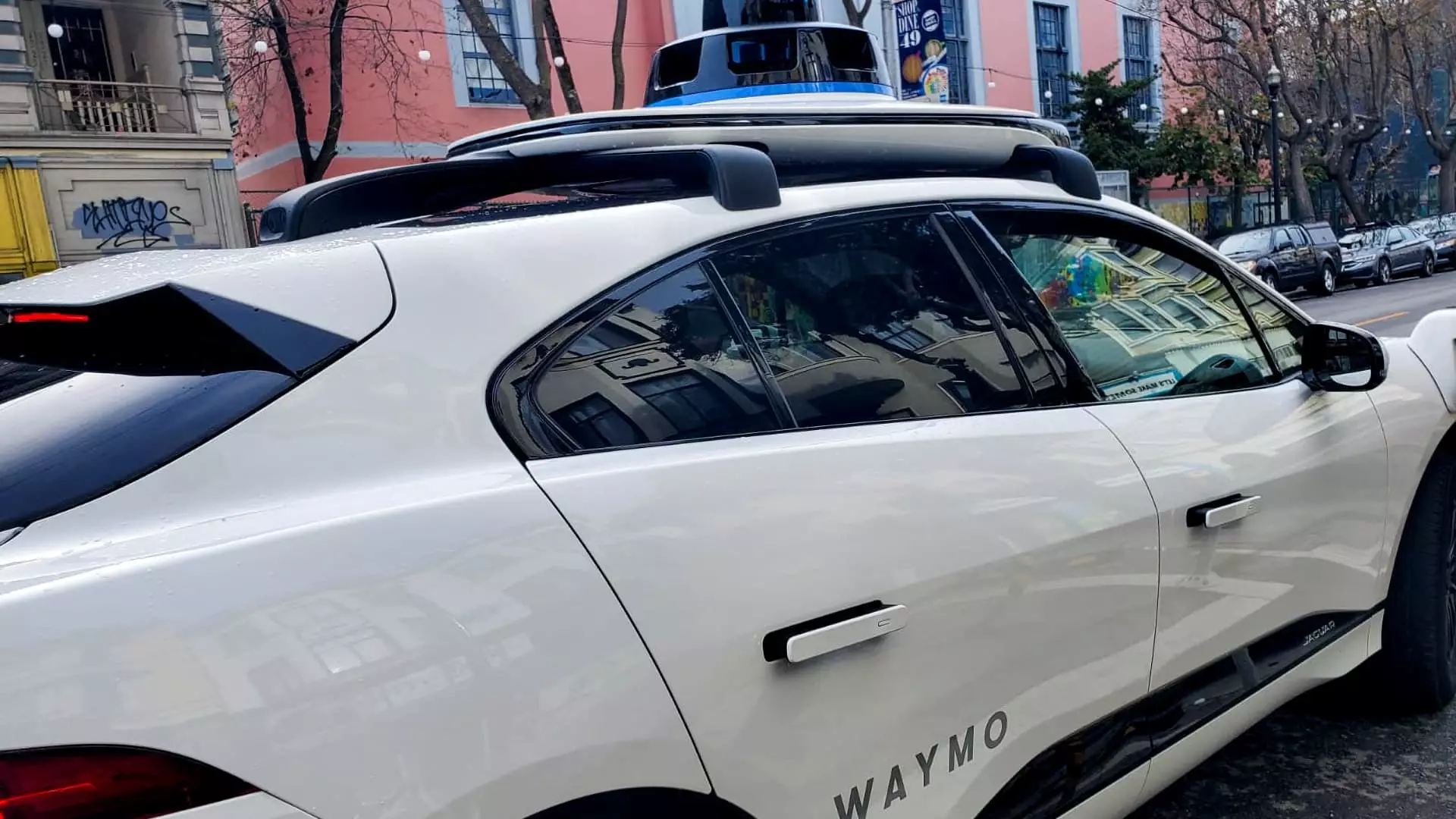Waymo, a subsidiary of Alphabet Inc., has set its sights on international waters with an ambitious announcement: the testing of its autonomous vehicles in Tokyo, scheduled for early 2025. This move marks a significant milestone in the company’s journey towards expanding its operations beyond U.S. borders. In partnership with Nihon Kotsu, Japan’s leading taxi operator, and the taxi application GO, Waymo aims to explore the bustling streets of Tokyo using its Jaguar I-PACE vehicles. While commercial operations are not yet on the agenda, this initiative may lay the groundwork for what could eventually become a widespread driverless taxi service in one of the world’s busiest cities.
To kick off this venture, Waymo’s strategy emphasizes collaborative mapping efforts. During the preliminary phase, drivers from Nihon Kotsu will operate the autonomous vehicles manually. This is not merely about getting familiar with the roads but involves a sophisticated process of mapping vital areas of Tokyo, including influential districts such as Shinjuku, Shibuya, and Minato. The usage of manual drivers initially allows Waymo to collect data that is pivotal for enhancing its artificial intelligence systems before transitioning to fully autonomous operations. Additionally, complementary testing of these vehicles will also occur on a controlled closed course in the U.S., designed to replicate conditions specific to Japan.
Waymo’s expansion does not merely involve entering a new market; it is part of a larger ambition to blend seamlessly with the local transportation ecosystem. In a statement, the company expressed its eagerness to establish connections with local government officials and community organizations, aiming to understand the distinct needs of Tokyo’s residents. Such an approach underscores a crucial aspect of artificial intelligence implementation: the necessity of community engagement to ensure that technological advancements genuinely enhance urban transport, rather than disrupt established systems.
The move into Japan is particularly noteworthy as it represents Waymo’s entry into a left-hand traffic environment—a new challenge for the company. Moreover, Japan’s demographic landscape, characterized by an aging population, presents a solid argument for the deployment of autonomous vehicles. Government officials at both the national and local levels acknowledge the potential benefits that self-driving technology can bring to decrease transportation barriers for elderly citizens. This has led to the designation of specific zones in Tokyo as “test zones” for autonomous vehicle testing.
Waymo is not entering a vacuum. The Japanese market is vibrant, with several players already testing autonomous technology, such as Tier IV, ZMP, and Monet Technologies, which is partly backed by Toyota. In fact, the need for effective and safe autonomous transport systems has stirred considerable interest among established automotive giants and startups alike. The successful courtship of local government and communities will be vital to Waymo’s acceptance, especially as other corporations, including Honda, reevaluate their strategies amid fluctuating confidence in the robotaxi sector. Honda stands out as an external investor in Cruise, a rival that recently downsized its operations, signaling a turbulent atmosphere for automated vehicle efforts within Japan.
As Waymo embarks on this new chapter, its actions in Japan will be keenly observed both locally and globally. The response from the community, the efficacy of its partnership with Nihon Kotsu, and the integration of its technologies into the urban fabric of Tokyo will be determining factors for its success. This endeavor could lead to transformative changes in urban mobility if navigated wisely. The game is afoot, and Waymo’s calculated steps could herald a future where autonomous vehicles become an integral part of daily life in Tokyo, os a microcosm of global trends in transportation innovation. With the proposed expansion plans already being set into motion, the stage is set for what may evolve into a significant chapter in the story of autonomous driving.

